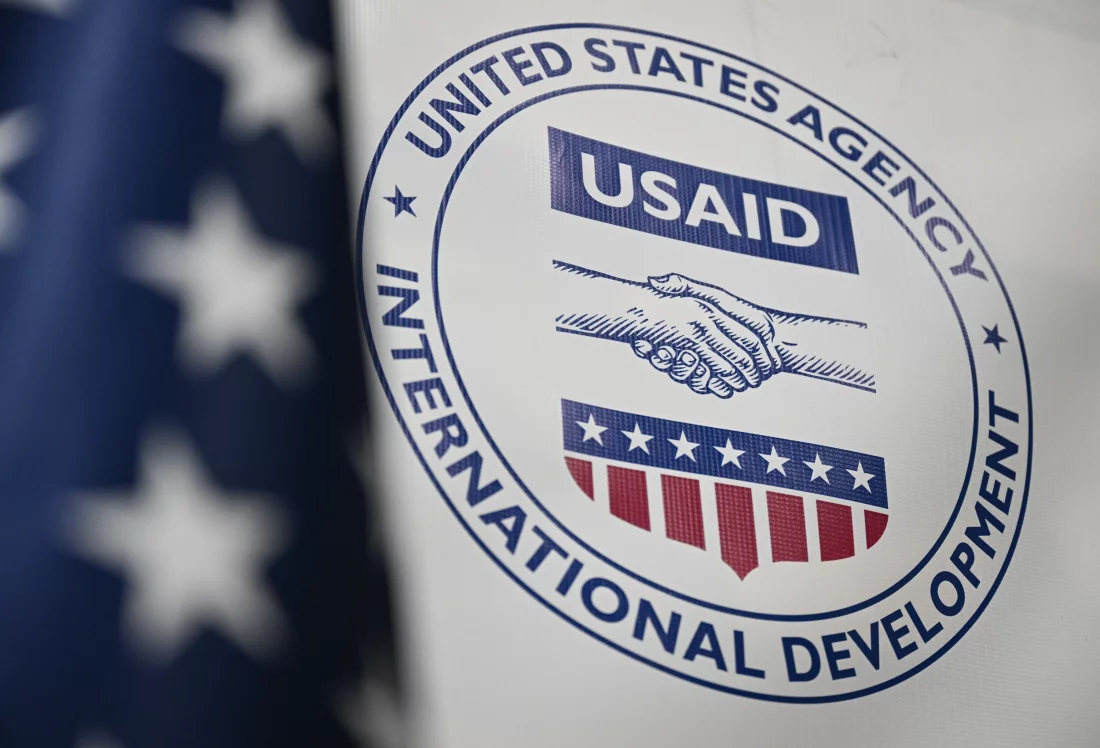USAID
For over seven decades, the United States Agency for International Development (USAID) has played a crucial role in Pakistan’s development, injecting nearly $30 billion into various sectors, including infrastructure, education, healthcare, and governance.
However, with operative projects worth $169 million coming to an abrupt halt, Pakistan now faces a defining moment: Will this crisis serve as a catalyst for self-reliance, or will the vacuum left by USAID deepen the country’s economic and social vulnerabilities?
The decision to freeze funding is already sending shockwaves across Pakistan’s development sector. Thousands of workers employed by NGOs and civil society organizations now face the risk of unemployment, raising concerns about the sustainability of social and economic progress in the absence of international aid.
Former Foreign Secretary and Ambassador to the United States Aizaz Ahmad Chaudhry sees this shift as an opportunity rather than a setback. “Pakistan must eventually stand on its own feet. Aid kept us dependent—just as debt is a problem, so is aid. We should see this as an opportunity and take steps toward self-reliance,” he stated.
A Legacy of Development and U.S.-Pakistan Relations
Since its inception in 1947, USAID has been instrumental in funding major initiatives across Pakistan. In the 1950s and 60s, it played a significant role in revolutionizing agriculture, supporting research institutions like the Faisalabad Agriculture Institute and Karachi’s Institute of Business Administration (IBA) while introducing high-yield wheat and rice varieties.
Infrastructure projects also benefited from USAID’s contributions, with technical assistance for the construction of Tarbela Dam, one of the world’s largest earth-filled dams, generating 4,888 megawatts of electricity. The agency also played a role in upgrading the Mangla and Warsak Dams, strengthening Pakistan’s energy security.
Following 9/11, U.S. interest in Pakistan surged, and USAID’s funding extended to economic growth, governance, and counterterrorism stability. Key investments included:
- $43.5 million for economic development initiatives
- $150 million for Tarbela Dam expansions
- $81 million for the Kurram Tangi Dam
- $97 million for the completion of Gomal Zam Dam
- $17.9 million to improve access to clean drinking water
- $19.1 million to strengthen electoral and legislative processes
USAID also prioritized education, training over 100,000 teachers and spending $20 million on leadership development programs across governance, economy, and security.
In times of natural disasters, the agency provided $510 million in relief after the 2005 earthquake and $676 million following the 2010 floods. As recently as 2022, USAID allocated $53.1 million for flood assistance in Pakistan.
A Diminishing Soft Power Strategy
Beyond economic aid, USAID has long been a key instrument of U.S. soft power in Pakistan.
“USAID was America’s soft image; barely one percent of the U.S. budget was spent on it, but it helped create goodwill in the Third World. The largest USAID project in Pakistan was scholarships, and to some extent, it played a positive role,” said Zahid Hussain, senior journalist and author.
Now, with the funding freeze, this influence is rapidly declining, raising questions about the future of U.S.-Pakistan diplomatic relations.
A Development Crisis Unfolding
The effects of USAID’s withdrawal are already being felt, especially in healthcare, agriculture, and social services. Many organizations that rely on its funding are struggling to sustain their operations, particularly in rural and underdeveloped regions.
“Advocacy organizations won’t be affected as much, but those providing direct services in entrepreneurship, health, and agriculture will suffer severely. Work in Thar, Chitral, and Gilgit-Baltistan will be disrupted, affecting non-governmental efforts in social protection,” noted Rasheed Ch., National Coordinator of the Free and Fair Election Network (FAFEN).
The potential job losses in the development sector could further exacerbate unemployment and economic uncertainty.
A Call for Self-Reliance
As Pakistan stands at a crossroads, the country must now decide whether to use this moment to pursue self-sufficiency or remain reliant on foreign aid.
While the withdrawal of USAID support poses immediate challenges, it could also serve as a wake-up call for policymakers to adopt long-term economic strategies that reduce dependency on external funding.
Although these projects have ended, the real question remains: Will Pakistan embark on a journey of self-reliance, or will it remain trapped in dependency?
For now, the answer remains uncertain, but the choices made in the coming months will determine the country’s economic and social trajectory for years to come.










